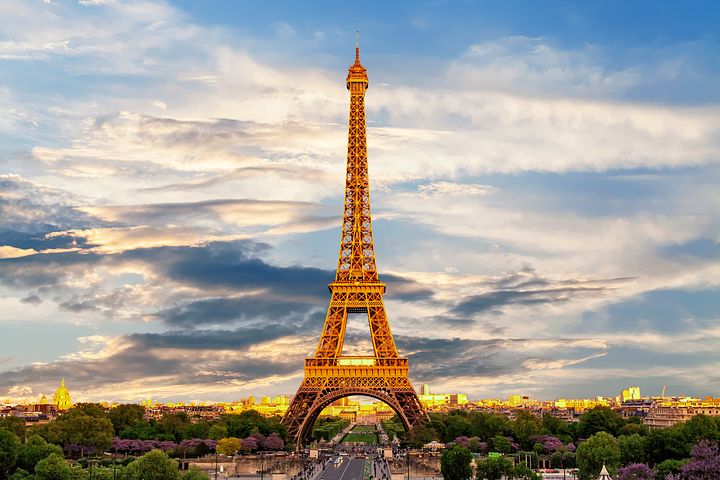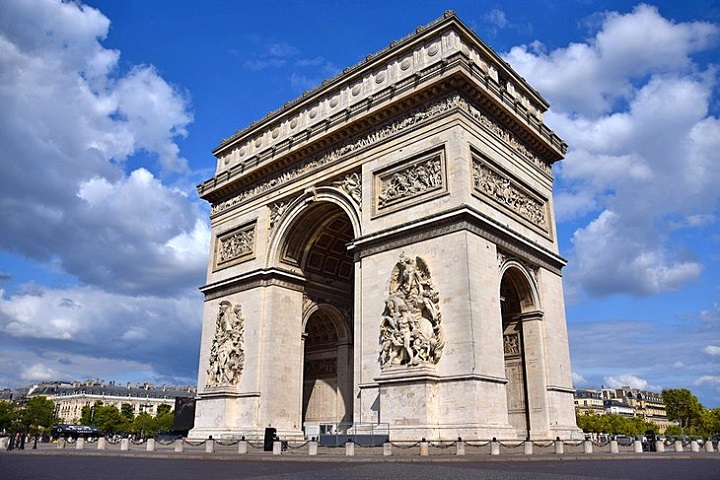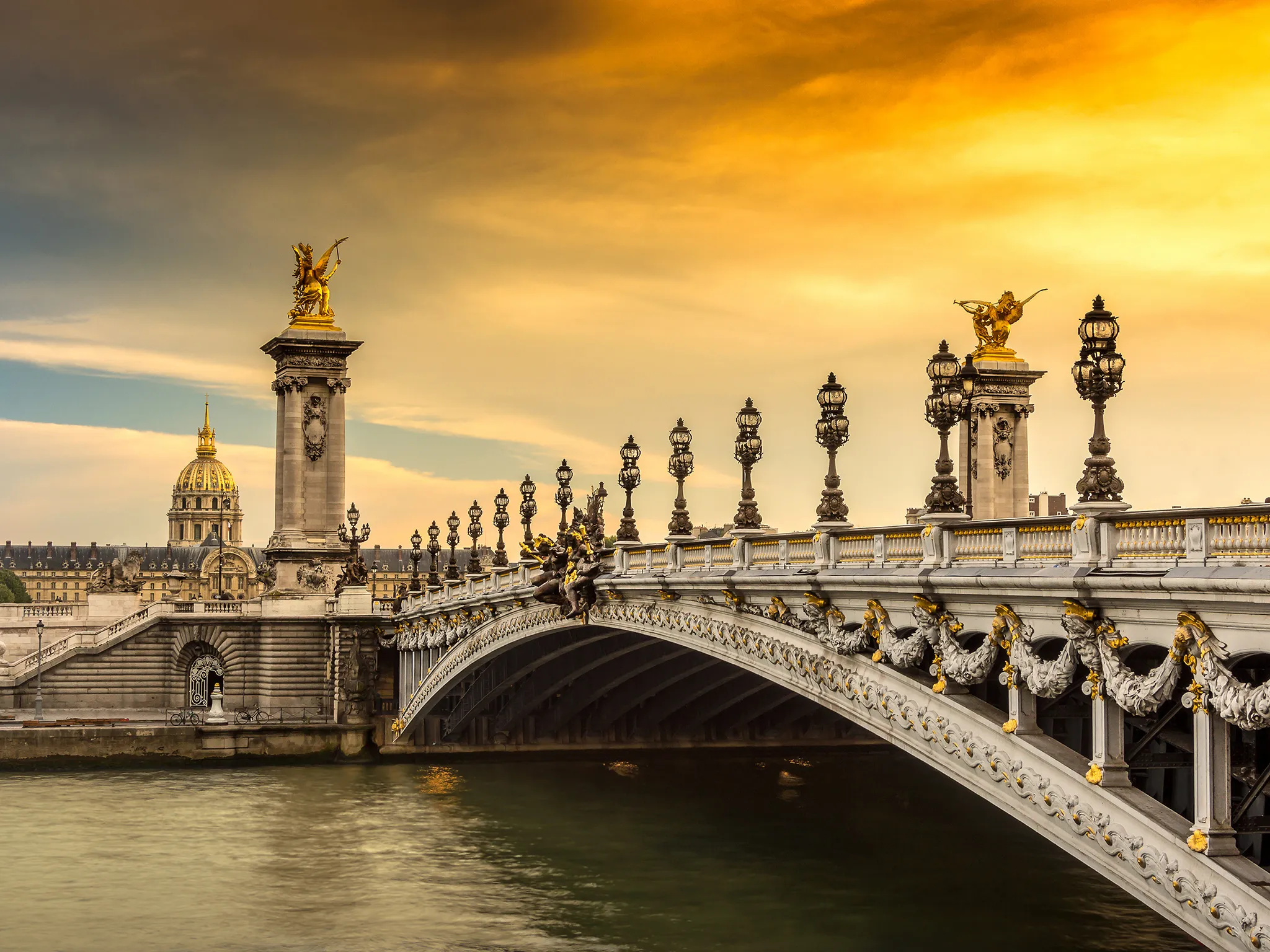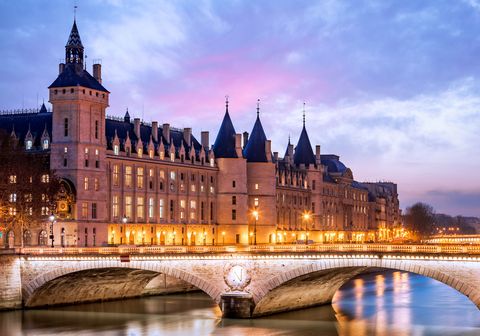Venue & Hospitality
City Highlights
About City
Paris (nicknamed the "City of Light") is the capital city of France and the largest city in France. The area is 105 square kilometers (41 square miles), and around 2.15 million people live there. If suburbs are counted, the population of the Paris area rises to 10.7 million people. It is the most densely populated city in the European Union, with 20.653 people per square kilometer. Since the 17th century, Paris has been one of the world's major centers of finance, diplomacy, commerce, fashion, gastronomy, science, and arts, and has sometimes been referred to as the capital of the world. The City of Paris is the Centre and seat of government of the region and province of Île-de-France, or Paris Region, with an estimated population of 12,997,058 in 2020, or about 18% of the population of France, making it in 2020 the second-largest metropolitan area in the OECD, and 14th largest in the world in 2015. The Paris Region had a GDP of €709 billion ($808 billion) in 2017. According to the Economist Intelligence Unit Worldwide Cost of Living Survey, in 2021 Paris was the city with the second-highest cost of living in the world, tied with Singapore, and Tel Aviv. The city has a multi-cultural style because 19% of the people there are from outside France. There are many different restaurants with all kinds of food. Paris also has some types of pollution like air pollution and light pollution.
Paris has much to offer for sightseeing. Here are five very famous examples:
The Eiffel Tower is the most famous sight in Paris, built by Gustave Eiffel in 1889 with 6,300 tonnes (13,900,000 pounds) of iron — that means 18,000 pieces of iron and 2.5 million rivets. With a height of 300 meters, for a long time, it was the highest tower in the world. Over 6 million people visit it every year. There are three levels that you can visit, and the highest one is 2nd above the ground. It was made for a fair, but the French government wanted to tear it down. With rising popularity, it stayed.
The Louvre is a museum with very famous, old works of art, such as the Mona Lisa and the Venus de Milo. The building was built as a house for French kings. The Louvre is the third biggest museum in the world, with 60,000 square meters (650,000 square feet) of the showroom. It is the most visited art museum in the world with over 5 million people visiting it each year.
The Musee d Orsay was a train station, but it is now an art museum. Most of the art at the Musée D'Orsay was made between 1848 and 1915. This is newer than the art at the Louvre.
The Moulin Rouge is a cabaret with many shows, and it opened in 1889. It is in Montmartre — a part of Paris with exciting nightlife. In the Moulin Rouge, women put on a famous dance called the French cancan.
The Champs-Elysees is probably the most famous street in Paris, and one of the most famous in the world. It is full of places to shop and eat. On one end of the Champs-Elysees is the Arc de Triomphe.
The Notre Dame de Paris is a major Gothic cathedral, which was destroyed on 15 April 2019. It is in "Ile de la Cite".
The Basilica of Sacre-Coeur is a major church devoted to the Sacred Heart.
Venue





